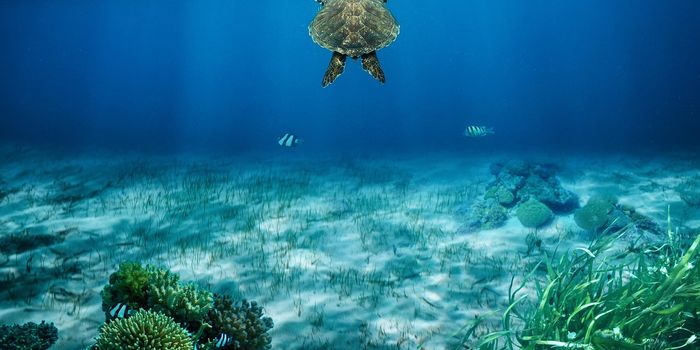Many Animals Have Tails, So Why Not Humans?
Most vertebrates in the animal kingdom sport tails of some sort. Birds and fish use their tails as steering mechanisms to glide through air and water respectively, geckos use their tails to store fat, and rattlesnakes use their tails to stave off predators; but most mammals, on the other hand, use their tails for one thing only: balance.
As it turns out, most tailed mammals are quadrupeds, and they require this balance because the head is quite heavy and tends to weigh down the front of the body. The tail acts as a counter-balance, reducing strain on the animal as they walk head-first.
So, this brings us to the big question: why don’t humans have tails? Simply put, we don’t need them; humans walk upright, which prevents the head from imposing an imbalance as it would in a quadruped. Although we have tailbones, they seldom fully develop into a tail because natural selection has chosen otherwise.
Many of humans’ closest relatives in the animal kingdom, including apes like chimpanzees and gorillas, also lack a tail. These creatures can even walk on two legs, and so the need for a balancing tail isn’t as critical to them. Albeit less related, many monkeys sport tails because they necessitate additional balance due to their walking style and tree-climbing habits.
Don’t fret fellow humans… you don’t have a tail because you don’t need one. Besides, just think about how awkward it would be to put on a pair of pants if you had a tail…








